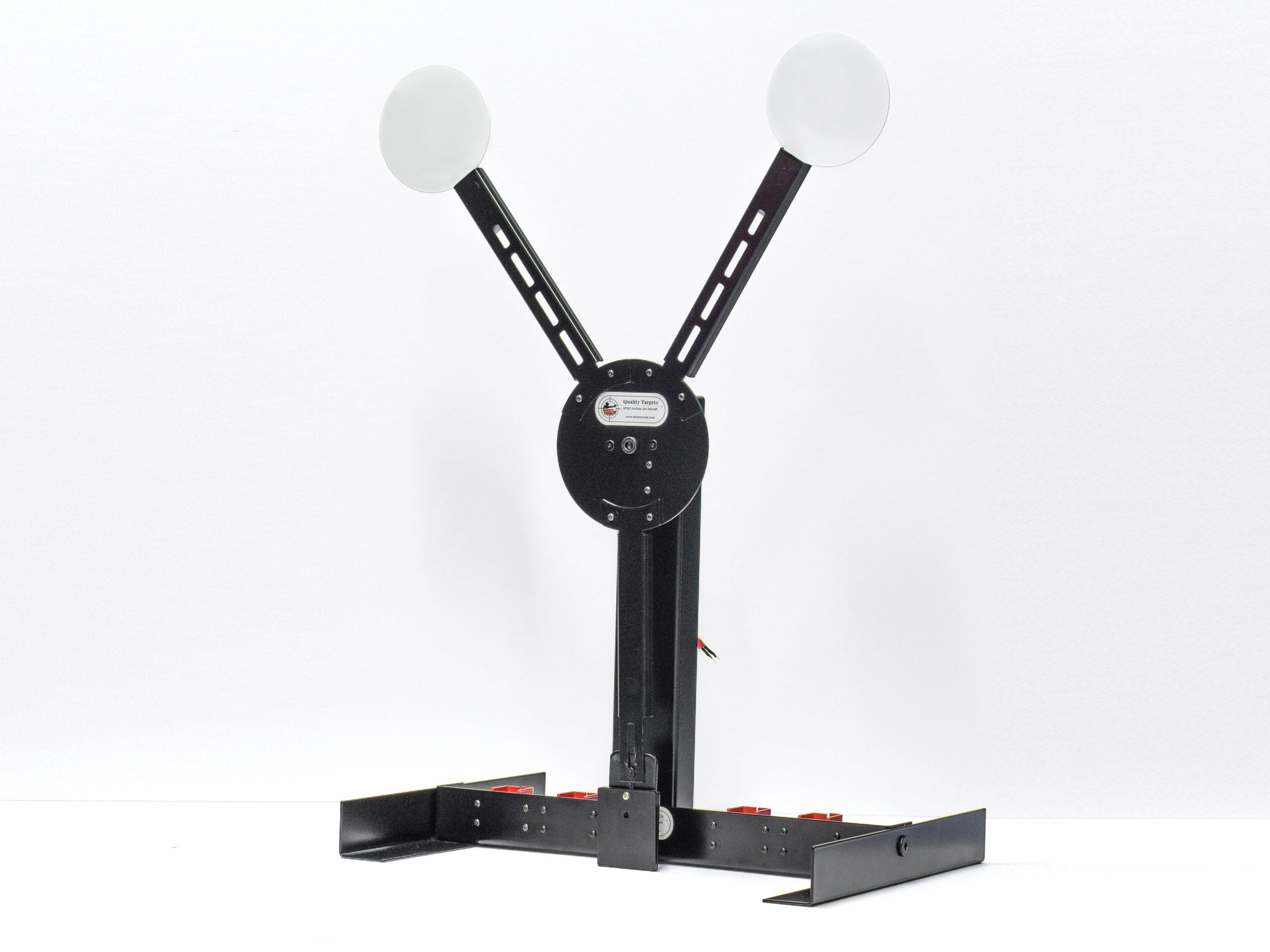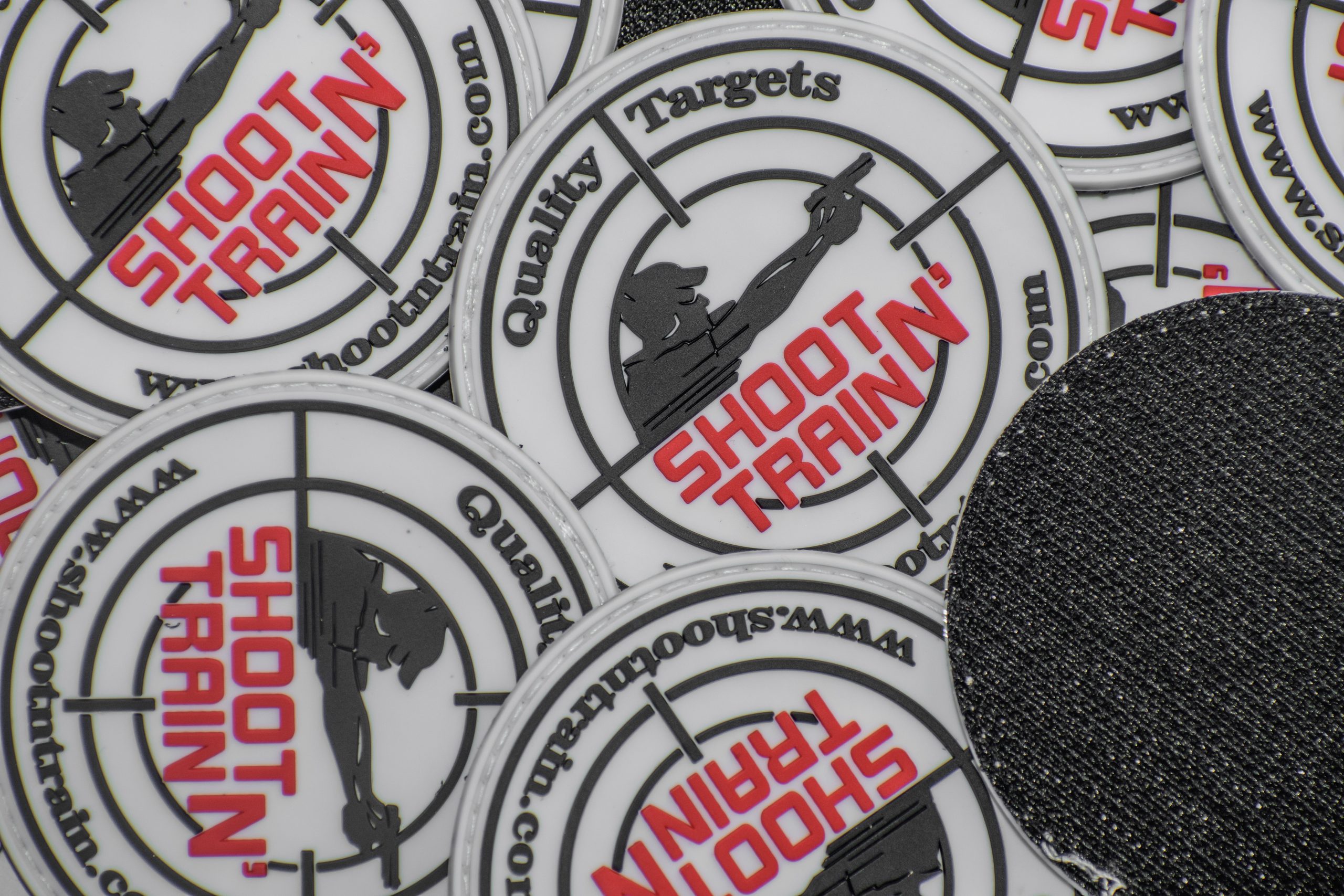Introduction
IPSC (International Practical Shooting Confederation) competition has had a significant impact on target innovation. With its focus on speed, precision, and useful shooting skills, IPSC has pushed producers to develop brand-new and improved targets to satisfy the needs of this competitive sport. In this short article, we will check out the methods which IPSC competitors has driven target development and how it has formed the landscape of shooting sports.
The Advancement of IPSC Targets
The Need for Precision: IPSC Targets that Set the Standard
When IPSC was first established, there was a requirement for targets that could precisely represent the body. Standard paper targets were not sufficient in offering practical situations for shooters. As an outcome, IPSC targets were established to mimic the shapes and size of various body parts.
The Impact of IPSC Competitors on Target Innovation can be seen in the development of cardboard and steel targets that are used in IPSC matches. These targets are designed to offer instant feedback to shooters by producing a clear audible or visual signal when struck. This encourages accuracy and assists rivals to enhance their shooting skills.

Advancements in Product: Toughness and Reusability
As IPSC got popularity, there was a demand for more long lasting and multiple-use targets. Paper targets would often tear or end up being unusable after just a couple of rounds of shooting. This led producers to explore alternative products such as cardboard, steel, and polymer.
Cardboard targets became popular due to their price and ease of usage. They used much better durability compared to paper targets however lacked durability. Steel targets emerged as an option for durability however had constraints in terms of portability. Polymer targets eventually entered the market, integrating durability with portability.
Reactive Targets: Enhancing Shooter Experience
To include a component of excitement and challenge to IPSC competitors, reactive targets were presented. These targets are designed to react to bullet impacts, supplying immediate visual or auditory feedback. Reactive targets improve the shooter experience by replicating realistic circumstances where fast decision-making is crucial.
The Influence of IPSC Competition on Target Innovation can be seen in the advancement of reactive targets that can simulating different real-life situations. Targets that fall, spin, or swing when struck obstacle shooters to respond rapidly and make precise shots.
IPSC Action Air: A New Dimension to Target Innovation
The Increase of IPSC Action Air
IPSC Action Air is a variation of IPSC that uses airsoft weapons rather of live ammunition. This discipline allows shooters to practice their abilities in a safe and controlled environment. IPSC Action Air has gotten appeal over the last few years and has produced new opportunities for target innovation.
IPSC Action Air Targets: Replicating Practical Scenarios
The Impact of IPSC Competitors on Target Innovation can be seen in the development of specialized targets for IPSC Action Air. These targets are developed to replicate real-life situations where shooters should engage numerous targets rapidly and properly. By utilizing airsoft guns, shooters can practice their shooting skills without the need for a conventional shooting range.
IPSC Action Air targets are frequently made from durable materials such as polymer or steel, ensuring longevity and reusability. They are also created to provide instantaneous feedback, permitting shooters to track their development and enhance their performance.
IPSC Gear and Equipment: Enhancing Performance
Holsters: Quick and Protect Access
Holsters play a crucial function in IPSC competitions as shooters require to draw their firearms rapidly and securely. The Influence of IPSC Competition on Target Innovation can be seen in the development of holsters that supply both speed and security.
Modern holsters feature adjustable retention systems, allowing shooters to personalize the level of retention based upon their preferences. They also include quick-release systems for faster draws. Producers continuously make every effort to enhance holster styles to satisfy the needs of IPSC competitors.


Magazines: Capacity and Reliability
IPSC competitors typically require shooters to engage several targets in fast succession. This necessitates the use of high-capacity magazines that can hold a large number of rounds. The Influence of IPSC Competition on Target Development can https://s3.us-west-004.backblazeb2.com/betactical/btactical/uncategorized/unleashing-your-potential-training-with-premium-ipsc.html be seen in the advancement of magazines that use both capability and reliability.
Manufacturers have actually introduced extended magazines with increased round capacity, enabling shooters to engage more targets without having to refill as often. These magazines are also designed to feed ammunition efficiently, lowering the chances of breakdowns throughout extreme shooting stages.
IPSC Premium Targets: Taking Shooting Experience to the Next Level
The Demand for Premium Targets
As IPSC competitors continue to grow in popularity, there is an increasing demand for premium targets that provide exceptional resilience, functionality, and visual appeals. Premium targets are developed to withstand countless rounds without significant wear and tear, guaranteeing a long-lasting investment for shooters.
The Impact of IPSC Competition on Target Development can be seen in the advancement of premium targets that integrate advanced materials and building and construction techniques. These targets frequently include self-sealing homes, permitting them to soak up bullet effects while keeping their shape and functionality.
Moving Targets: Including Complexity to Shooting Stages
To more difficulty shooters and reproduce real-life scenarios, moving targets have become progressively popular in IPSC competitions. The Impact of IPSC Competition on Target Development can be seen in the development of motorized targets that move horizontally or vertically throughout shooting stages.
Moving targets require shooters to track their motion and make accurate shots while under time pressure. These targets include intricacy and enjoyment to IPSC matches, pressing competitors to enhance their shooting skills and reaction times.
The Influence of IPSC Competitors on Variety Equipment
Props and Obstacles: Mimicing Real-Life Environments
IPSC competitions typically include props and barriers that imitate real-life environments where self-defense situations might occur. These props consist of walls, barricades, and entrances, which shooters must browse while engaging targets.
The Impact of IPSC Competition on Target Development can be seen in the advancement of variety equipment that enhances shooter experience and replicates sensible scenarios. Makers have presented modular props that can be easily set up and gotten used to develop numerous shooting phases. These props are designed to be portable and resilient, permitting them to withstand frequent assembly and disassembly.
FAQs
Q: How has IPSC competitors influenced target innovation?
A: IPSC competitors has driven target development by pushing manufacturers to establish reasonable targets that offer instantaneous feedback. It has actually likewise resulted in improvements in materials, such as cardboard, steel, and polymer, for enhanced sturdiness and reusability.
Q: What are reactive targets?
A: Reactive targets are targets that react to bullet impacts, offering immediate visual or auditory feedback. These targets enhance the shooter experience by simulating practical situations where fast decision-making is crucial.
Q: What is IPSC Action Air?
A: IPSC Action Air is a variation of IPSC that uses airsoft weapons instead of live ammunition. It enables shooters to practice their skills in a safe and controlled environment.
Q: How have holsters evolved in IPSC competitions?
A: Holsters have evolved to supply both speed and security in IPSC competitors. They feature adjustable retention systems and quick-release systems for faster draws.
Q: What are premium targets?
A: Premium targets are targets that offer remarkable resilience, performance, and aesthetic appeals. They are created to hold up against countless rounds without considerable wear and tear.
Q: How have moving targets impacted IPSC competitions?
A: Moving targets have actually added intricacy and enjoyment to IPSC matches. Motorized targets that move horizontally or vertically require shooters to track their motion and make accurate shots while under time pressure.
Conclusion
The Influence of IPSC Competition on Target Development can not be downplayed. Through its concentrate on speed, accuracy, and useful shooting skills, IPSC has actually driven producers to establish brand-new and enhanced targets that supply immediate feedback and replicate practical situations. From the advancement of IPSC targets to the introduction of IPSC Action Air and premium targets, this competitive sport has actually shaped the landscape of shooting sports and continues to press the borders of target development. With advancements in equipment, devices, and variety props, IPSC competitions provide shooters a challenging and immersive experience that enhances their skills and prepares them for real-life self-defense situations.